Perseverance Takes A Second Look At Some Ancient Rocks
A planet’s history is told in its ancient rock. Earth’s oldest rocks are in the Canadian Shield, Australia’s Jack Hill, the Greenstone Belts in Greenland, and a handful of other locations. These rocks hold powerful clues to our planet’s history. On Mars, the same holds true. That’s why NASA’s Perseverance rover is revisiting some of … Continue reading "Perseverance Takes A Second Look At Some Ancient Rocks" The post Perseverance Takes A Second Look At Some Ancient Rocks appeared first on Universe Today.

A planet’s history is told in its ancient rock. Earth’s oldest rocks are in the Canadian Shield, Australia’s Jack Hill, the Greenstone Belts in Greenland, and a handful of other locations. These rocks hold powerful clues to our planet’s history. On Mars, the same holds true.
That’s why NASA’s Perseverance rover is revisiting some of them.
Perseverance is exploring Jezero Crater, an ancient paleolake. Its thick layer of sediments may contain evidence of ancient life on Mars. Every crater has a rim, and Perseverance’s current campaign involves studying the rim. The crater rim is different than the sediments. It’s made of ancient rock uplifted and exposed on the surface by the ancient impact that created Jezero.
On Earth, geologists regularly study rock that has made itself easy to examine by coming up from the deeper crust and presenting itself. The same thing happens on Mars, though impacts do the lifting, not plate tectonics. Perseverance is studying the rocks on the crater rim in its current Crater Rim Campaign. The location it’s exploring is an exposed outcrop named Tablelands.

One type of rock that can teach us a lot about Mars’ ancient history is serpentine. It’s common on Earth and Mars and forms in the presence of water. Its presence on Mars is some of our strongest evidence that the planet was once wet.
Perseverance sampled Silver Mountain, a rock in the Tablelands. The rover used its abrasion tool on its robotic arm to create a fresh surface it could analyze. That analysis showed Silver Mountain is rich in pyroxene, a type of silicate found in almost every igneous and metamorphic rock. The rover also collected a core.
After that, it visited a rock named Serpentine Lake that showed telltale signs of serpentine. Perseverance used its abrasion tool to clean the rock for a detailed investigation. Serpentine Lake has an intriguing texture, described in a press release as “cookies and cream.” It’s also high in serpentine and other minerals that form in the presence of water.

After that, Perseverance doubled back to revisit a rock named “Cat Arm Reservoir.”
It was the first rock the rover studied on the canyon rim. The rover analyzed its composition and detected coarse pyroxene and feldspar crystals, indicating an igneous origin. Unfortunately, Perseverance’s sample tube was empty. Sometimes, the rock the rover tries to sample is weak and turns to dust. This is rare, but it did happen during the rover’s very first sampling attempt, and it happened again with Cat Arm Reservoir.

Perseverance travelled a small distance and tried to collect a core sample from Cat Arm Reservoir again. That attempt also failed. Then the rover chose a different spot nearby named “Green Gardens” and successfully collected a core sample. It’s next to the abrasion patch on Serpentine Lake.

Like the Serpentine Lake rock, Green Garden is also green, which is a characteristic of the mineral serpentine. Serpentine forms in the presence of water when hydrothermal vents alter ultramafic rocks. Scientists are interested in these minerals because their structure and composition can reveal the history of water on Mars. On Earth, serpentine rock also hosts microbial life, so the same may have been true on Mars. Unfortunately, it’s not clear how much evidence of this life can be preserved.

Perseverance will spend some more time exploring the Tablelands outcrop. It may re-examine the Serpentine Lake abrasion patch and analyze the debris from the Green Gardens drilling and coring. This could take a couple of weeks.
Next on its agenda is “Broom Point,” further down the crater rim. Broom Point contains a spectacular formation of layered rock, which is also intriguing to scientists.
Mars’ ancient history is told in its ancient rocks, but it’s impossible to know in advance which rock holds which clues and how everything will fall into place.
We don’t know what Perseverance will discover about Broom Point. But the rock will tell us something. It always does.
- Press Release: Cookies, Cream, and Crumbling Cores
- Press Release: Gardens on Mars? No, Just Rocks!
- Press Release: Assessing Perseverance’s First Sample Attempt
- NASA: Where is Perseverance?
The post Perseverance Takes A Second Look At Some Ancient Rocks appeared first on Universe Today.














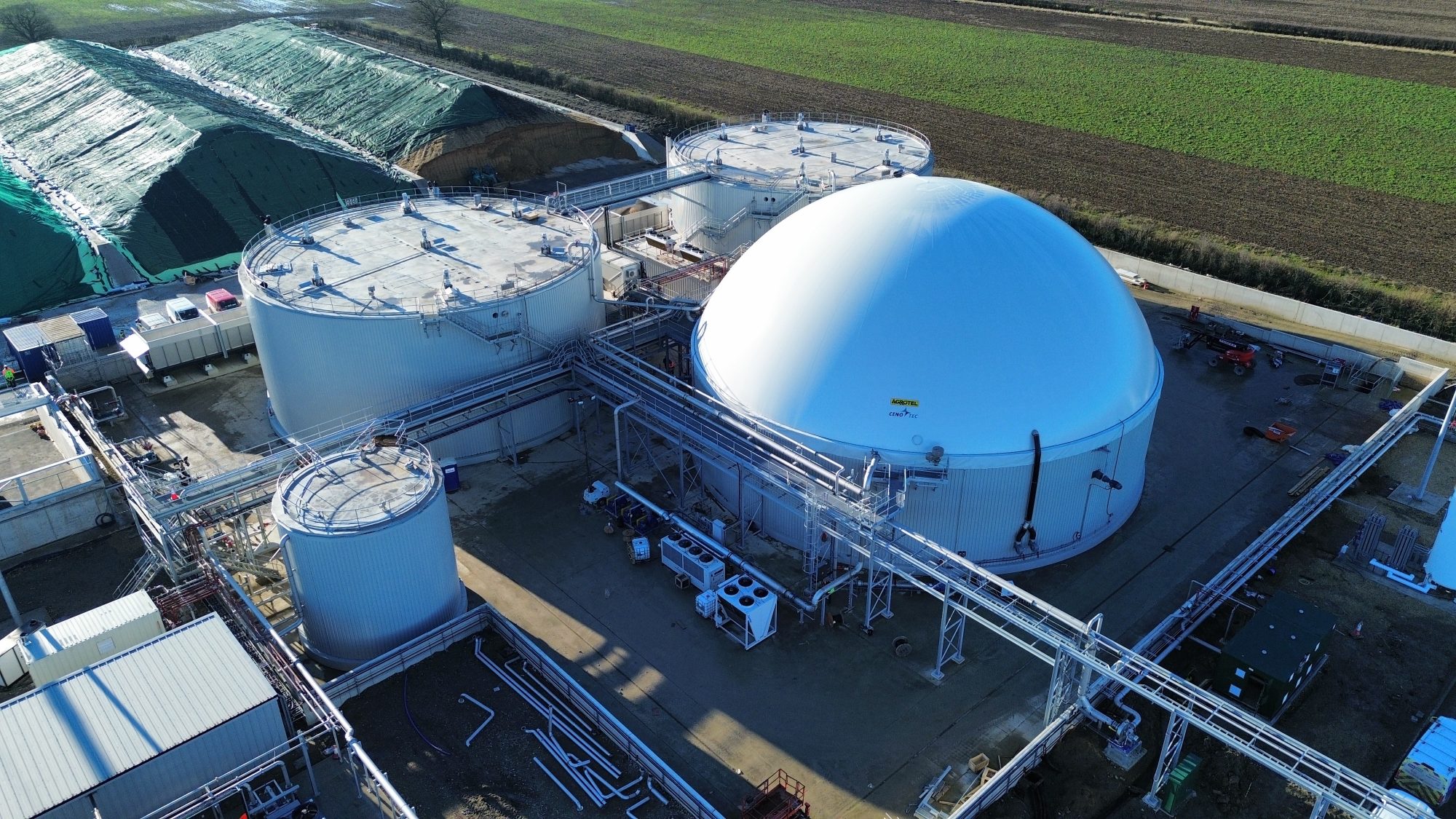










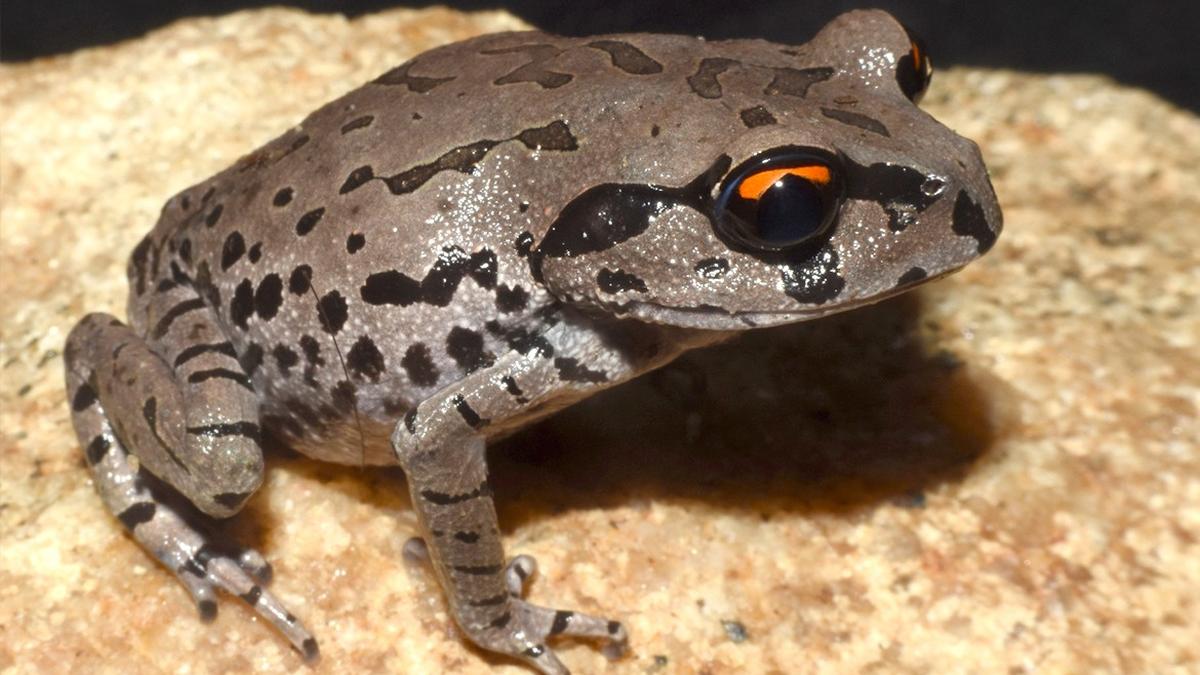







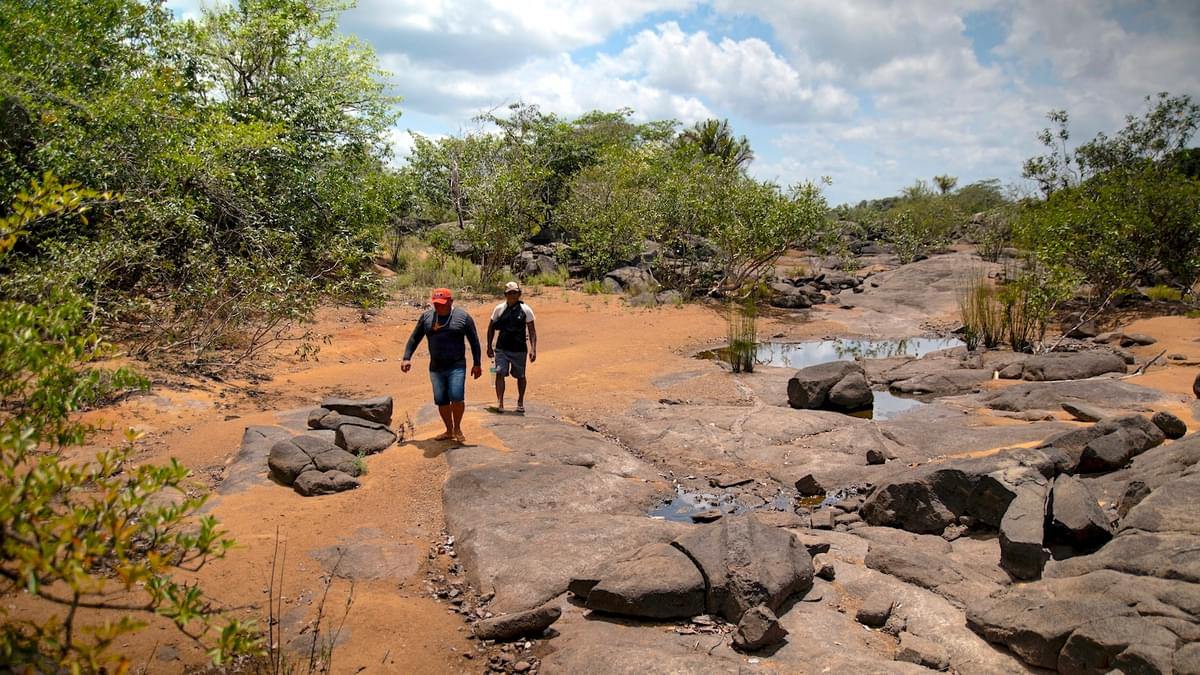








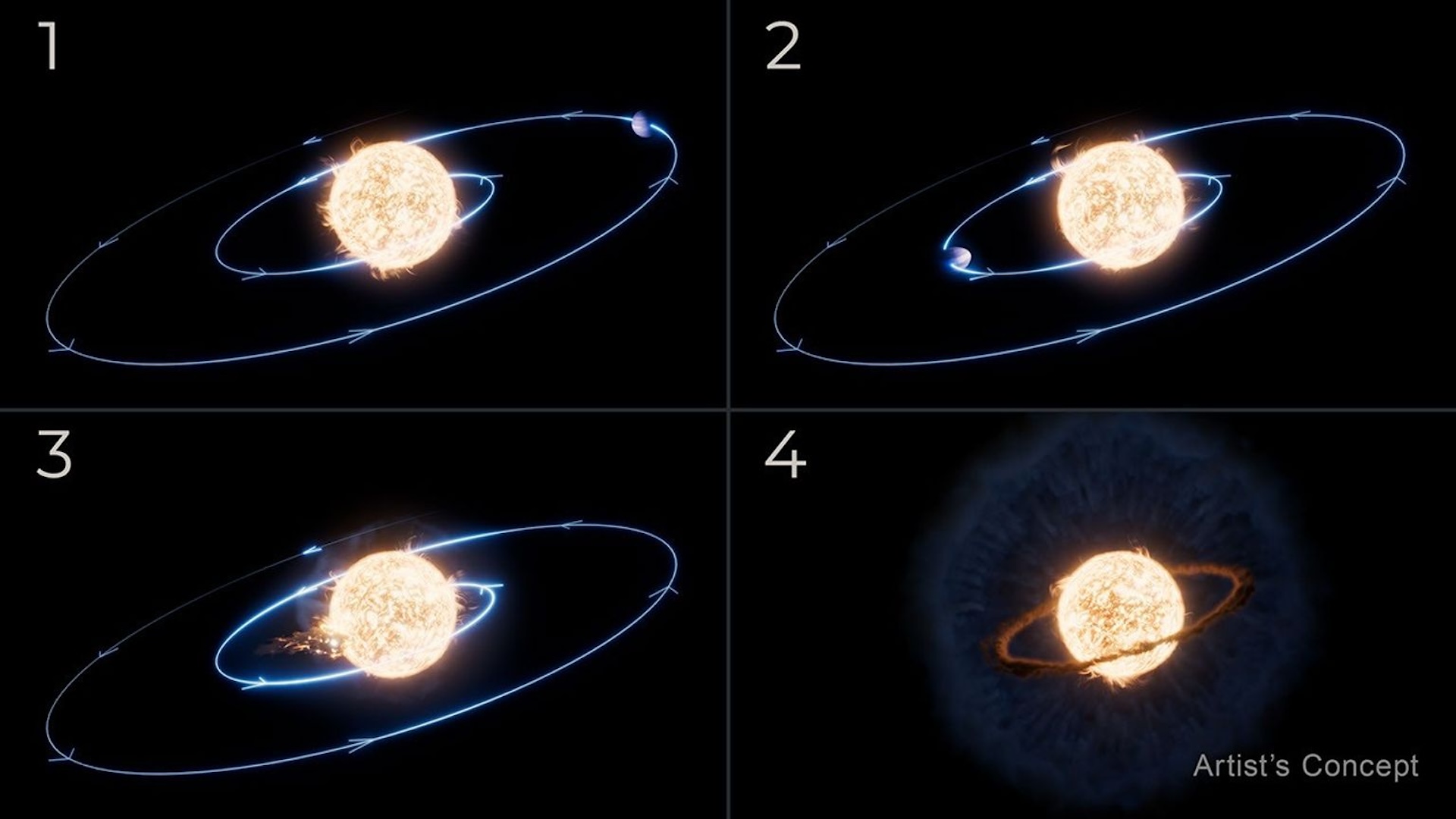


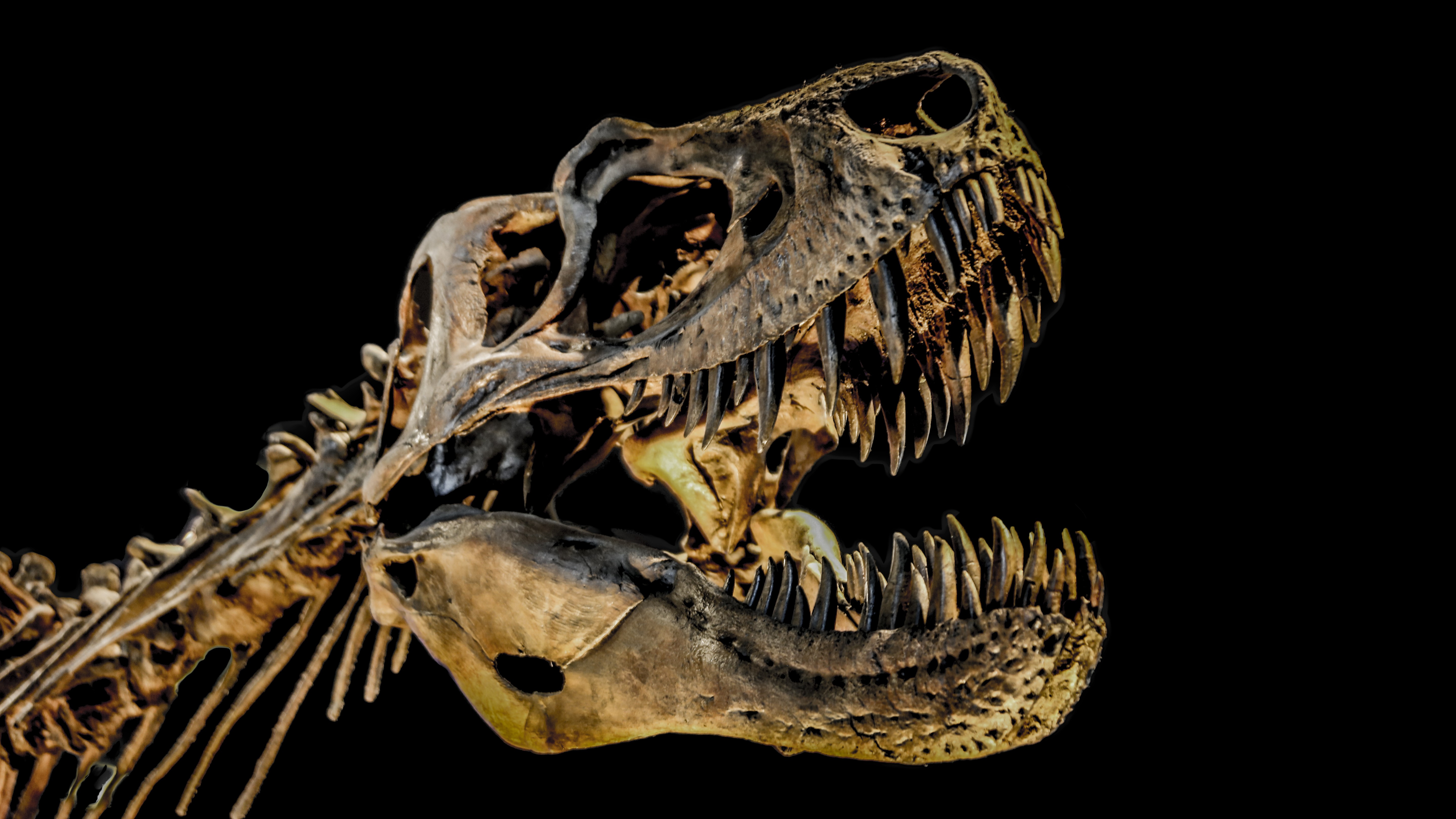















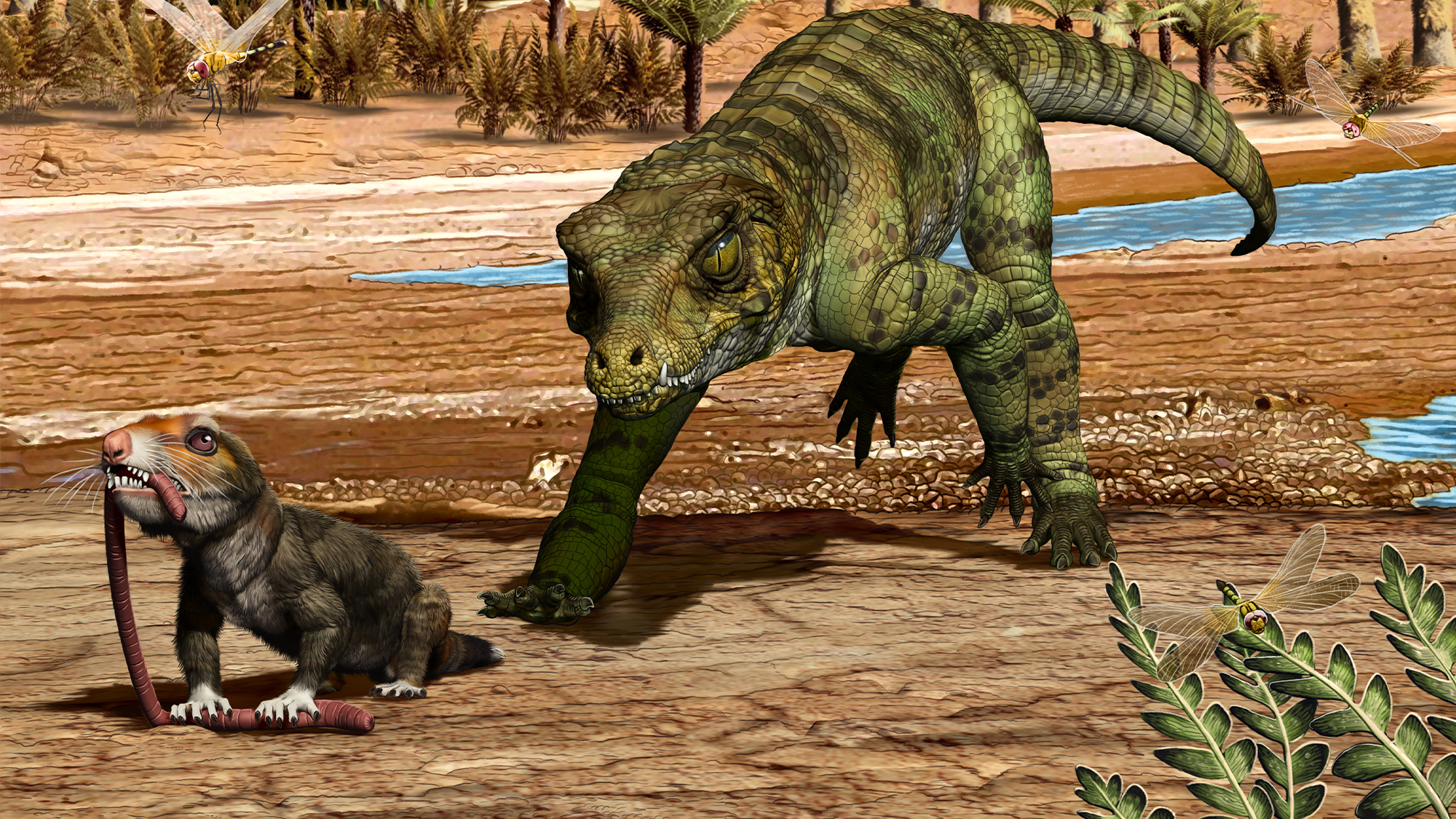

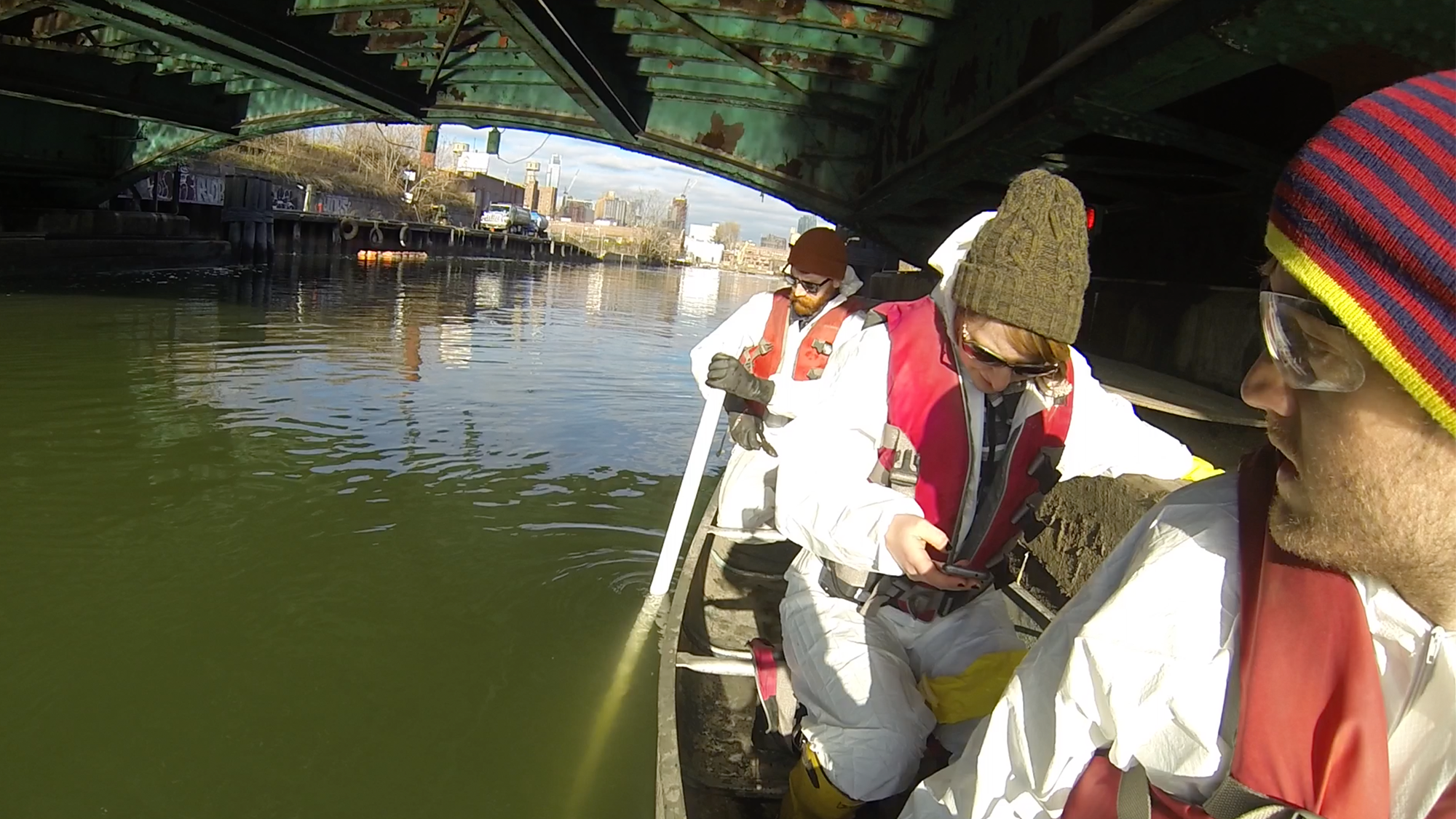


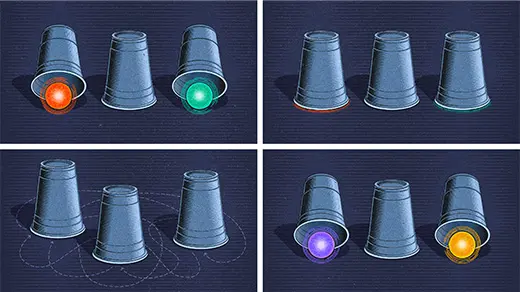






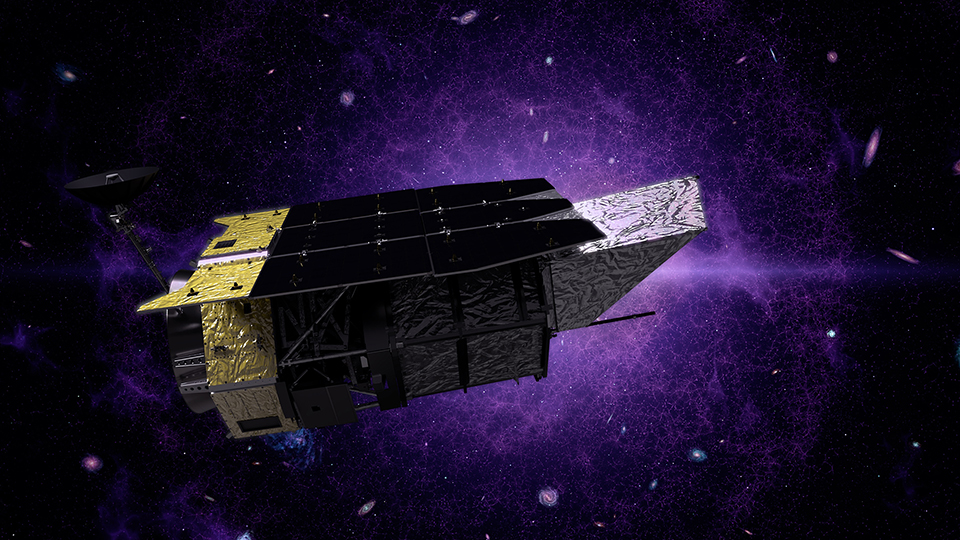




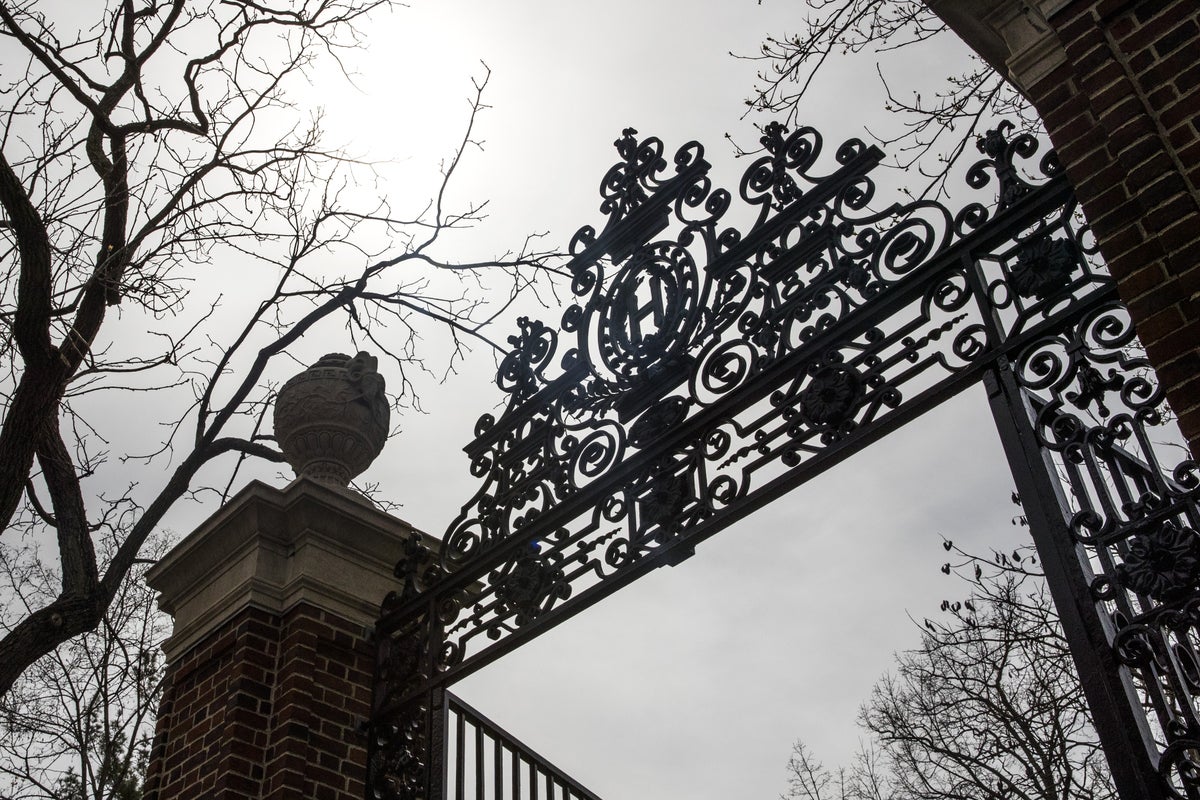
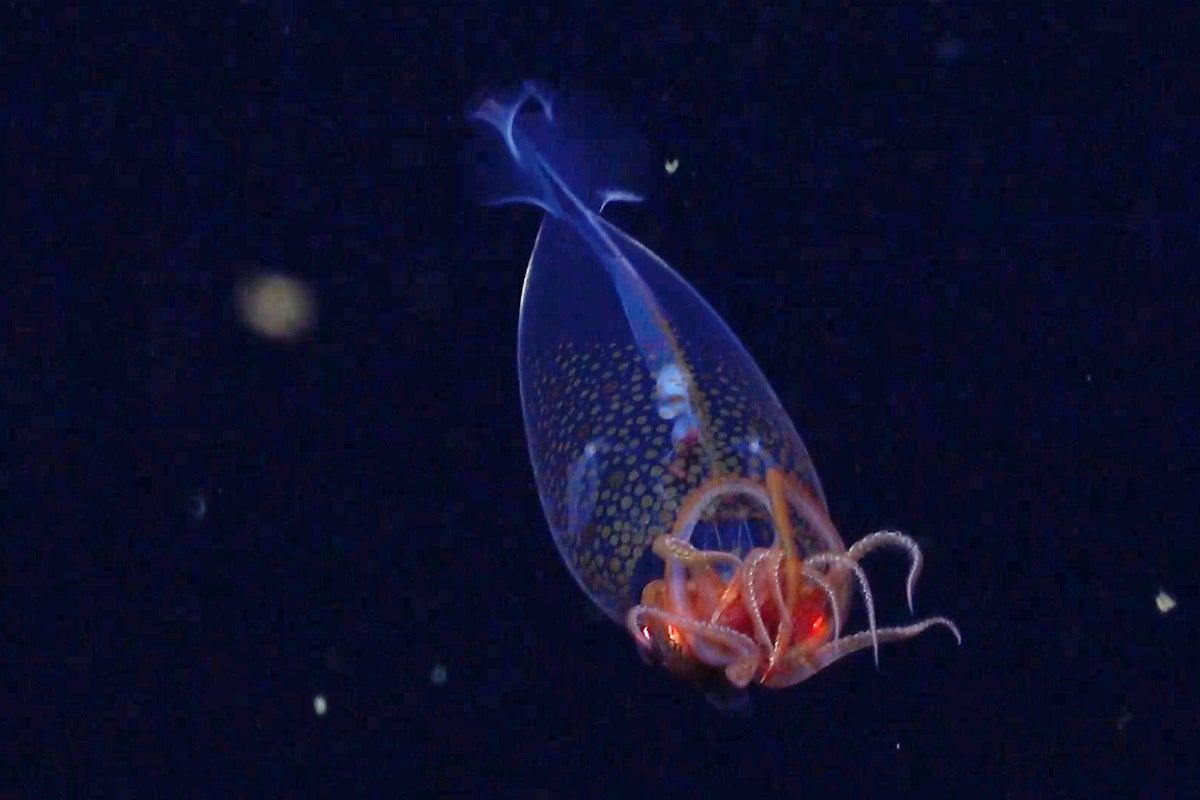



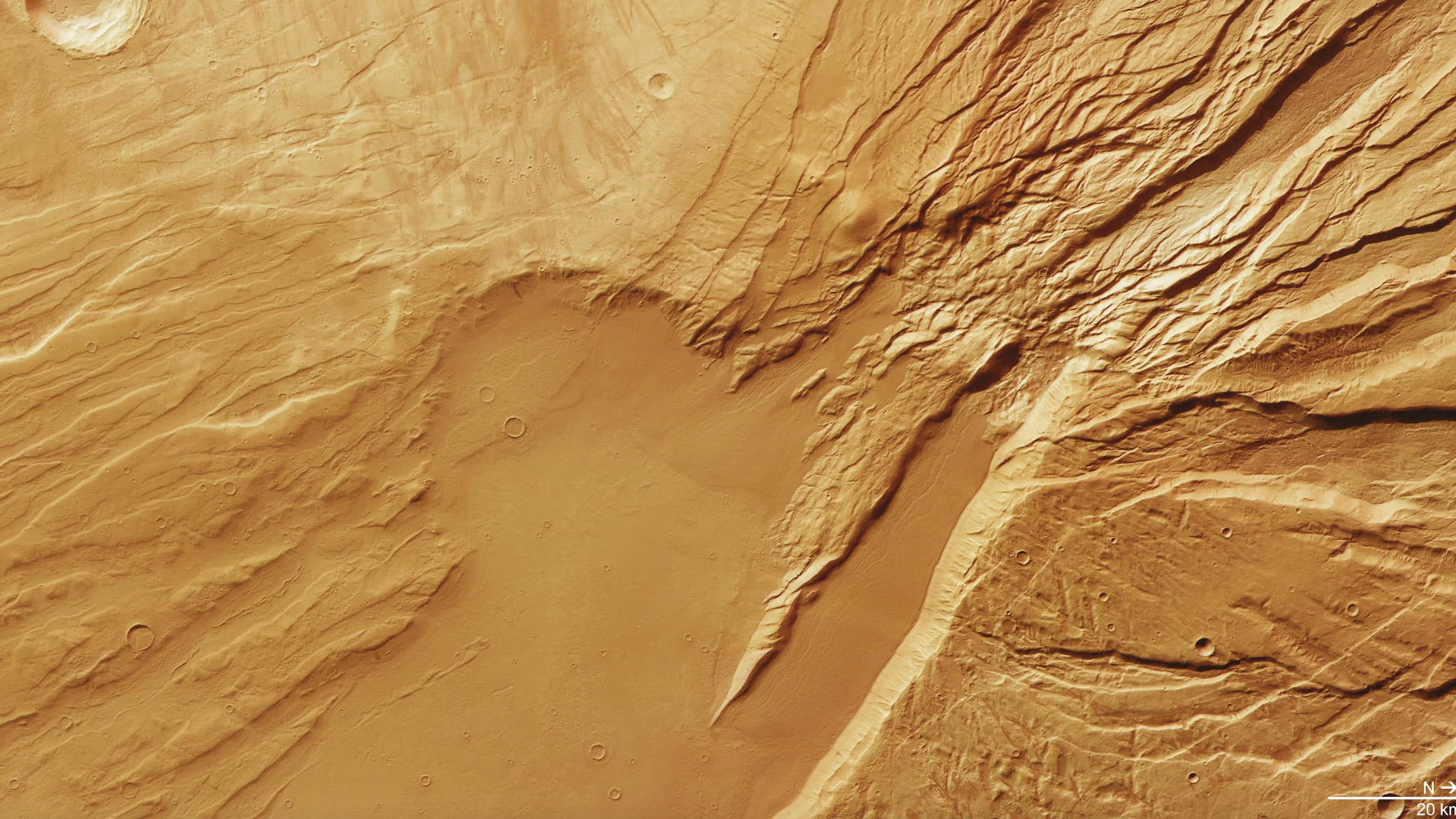










































![The breaking news round-up: Decagear launches today, Pimax announces new headsets, and more! [APRIL FOOL’S]](https://i0.wp.com/skarredghost.com/wp-content/uploads/2025/03/lawk_glasses_handson.jpg?fit=1366%2C1025&ssl=1)















